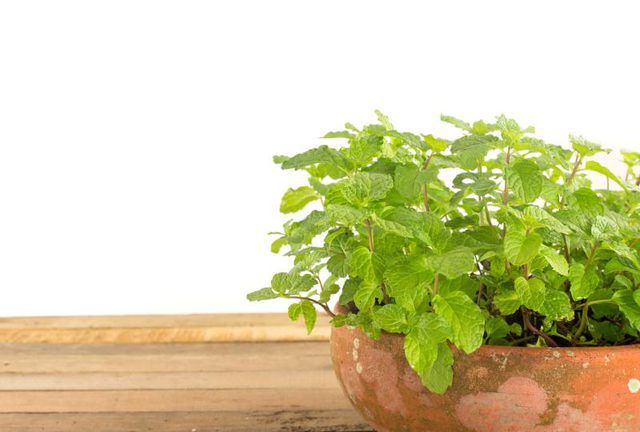Bulbs
Flower Basics
Flower Beds & Specialty Gardens
Flower Garden
Garden Furniture
Garden Gnomes
Garden Seeds
Garden Sheds
Garden Statues
Garden Tools & Supplies
Gardening Basics
Green & Organic
Groundcovers & Vines
Growing Annuals
Growing Basil
Growing Beans
Growing Berries
Growing Blueberries
Growing Cactus
Growing Corn
Growing Cotton
Growing Edibles
Growing Flowers
Growing Garlic
Growing Grapes
Growing Grass
Growing Herbs
Growing Jasmine
Growing Mint
Growing Mushrooms
Orchids
Growing Peanuts
Growing Perennials
Growing Plants
Growing Rosemary
Growing Roses
Growing Strawberries
Growing Sunflowers
Growing Thyme
Growing Tomatoes
Growing Tulips
Growing Vegetables
Herb Basics
Herb Garden
Indoor Growing
Landscaping Basics
Landscaping Patios
Landscaping Plants
Landscaping Shrubs
Landscaping Trees
Landscaping Walks & Pathways
Lawn Basics
Lawn Maintenance
Lawn Mowers
Lawn Ornaments
Lawn Planting
Lawn Tools
Outdoor Growing
Overall Landscape Planning
Pests, Weeds & Problems
Plant Basics
Rock Garden
Rose Garden
Shrubs
Soil
Specialty Gardens
Trees
Vegetable Garden
Yard Maintenance
How to Propagate Mint Plants
How to Propagate Mint Plants. If you've had a “patch” of mint (Mentha spp.) for several years, the question is not how to propagate the herb but how to control it. Mint spreads by underground runners, called rhizomes. Some varieties, including spearmint (Mentha spicata) and peppermint (Mentha x peperita), which grow in U.S. Department...

If you've had a "patch" of mint (Mentha spp.) for several years, the question is not how to propagate the herb but how to control it. Mint spreads by underground runners, called rhizomes. Some varieties, including spearmint (Mentha spicata) and peppermint (Mentha x peperita), which grow in U.S. Department of Agriculture plant hardiness zones 5 through 9, spread aggressively, becoming invasive in gardens and lawns. Propagate this herb by seed, cuttings or division.
Start From Seed
The most-labor intensive way too propagate mint is by seed. Store seeds collected from plants in fall in the refrigerator vegetable crisper for spring planting. This is not foolproof -- hybrid plant seeds might be sterile and mints hybridize easily with each other, so buying seeds is your best bet for getting the specific mint you want. Start seeds indoors in pots two months before the last frost or sow mint seeds directly in the garden -- it's a fast grower. Use pots with drainage holes to ensure good drainage.
When the soil begins to warm above 60 degrees Fahrenheit after the last frost, work the soil into a fine texture to a depth of at least 12 inches. Add a 1- or 2-inch layer of peat moss or compost to heavy or clay soil and work it thoroughly into the soil. Scatter mint seed and bury it twice the depth of the seed -- about 1/4 inch. Keep the soil moist until the mint has sprouted. Thin young plants, allowing 4 to 6 inches between plants.
Start With Cuttings
Take cuttings in spring or early summer. Cut 3- to 4-inch segments of mint just above nodes -- the thickened areas on the stems from which the leaves grow. Wipe the cutting tool with a cloth soaked in rubbing alcohol to prevent the spread of disease. Remove all but four or five leaves from the bottom of the cuttings and keep the cuttings in a glass of water for seven to 10 days until tiny roots start forming at the nodes. When the new roots are 1 to 2 inches long, plant them in pots or the garden. Use pots that have drainage holes.
Divide Existing Plants
Dig3-inch-square divisions from an existing mint patch in spring after the last frost. Trim top growth back to 4 to 5 inches and snip scraggly roots hanging from the root ball -- you can plant them separately. Find a sunny spot and cultivate the soil deeply. Add enough compost to give it a fine, crumbly texture to provide good drainage. Dig a hole as deep as the root ball and rough up its surface to encourage rhizomes to spread outward.
Set the division in the hole about 1/2 inch lower than it sat previously and fill in soil around it. Water deeply and keep the ground moist for a week or two until new growth begins. When planting multiple divisions, space them 8 to 10 inches apart.
Success With Mint
A successful mint patch requires well-draining, evenly moist soil, perhaps near a downspout at the corner of the house in bright light where it gets sun in the morning or afternoon. You don't have to give mint the prime spot in the garden. It soaks up moisture in wet areas and checks erosion on hard-to-mow hills.
Whether getting cuttings from a fellow gardener or shopping at a nursery center, chose a mint that's right for your climate. Less hardy mints, such as pineapple mint (Mentha suaveolens "Variegata") and Corsican mint (Mentha requienii), which grow in USDA zones 6 through 9, or little pennyroyal (Mentha pulegium), which grows in USDA zone 6 through 11, may be only marginally hardy in your area. Variegated mints, such as pineapple mint, need partial shade.